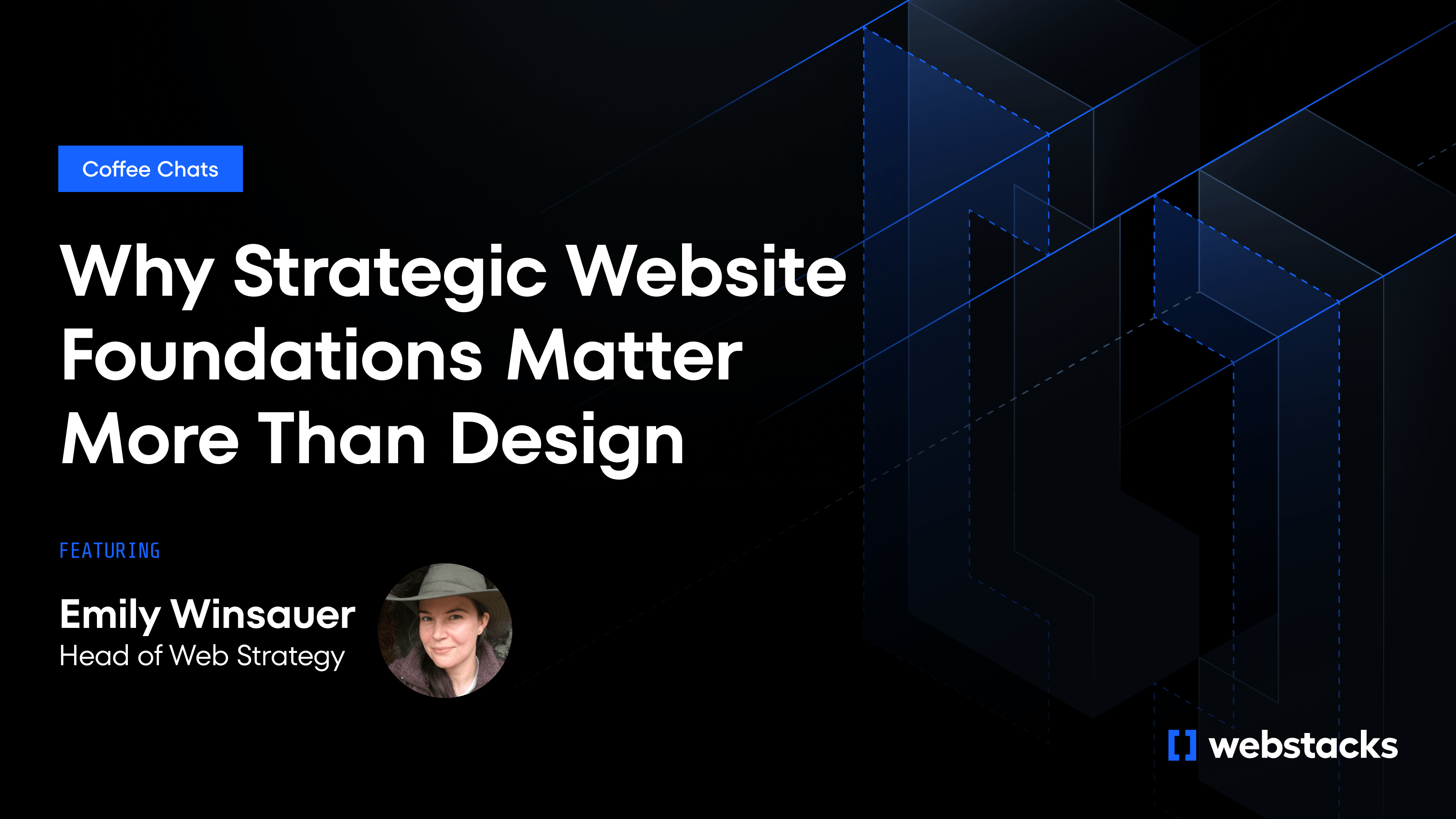Stuck with Prismic and feeling the growing pains? You're not alone. Prismic users face common challenges, including rigid content models, poor search functionality, and limited visual editing capabilities that hamper productivity and slow down content publishing.
Ready for something better? This guide cuts through the noise to focus on what really matters in an alternative: a composable architecture that grows with you, an editor experience that doesn't make people quit, solid localization, and realistic cost breakdowns.
Based on our hands-on work with B2B tech brands, we'll show you how to smoothly handle a website migration and get your team publishing faster, without turning your site into an ongoing engineering project.

Why Teams Look Beyond Prismic
Prismic’s initial appeal lies in its quick setup, but as content volume increases and more contributors get involved, problems start to emerge.
- Content modeling: Once a schema is deployed, making changes becomes cumbersome. You must create new custom types and migrate data, leading to a fragmented architecture that slows iteration.
- Publishing: Without a visual editor, marketers struggle to publish content quickly. The search tool often fails to find the correct page, and editors waste time hunting for documents and manually linking them due to limited relationship field functionality.
- Governance: With basic approval workflows and limited roles, larger teams face bottlenecks, often resorting to external processes or sacrificing speed to maintain control.
- Billing ownership: Transferring billing responsibilities isn’t straightforward, and teams must rely on support or swap credit cards with each project handoff.
- Cost: Each repository requires its own subscription, and high-traffic sites quickly rack up CDN overage fees. Users frequently note the sharp price increase after the starter tier and the frustration with media management, where assets must be selected one by one.
Criteria to Look for In a Headless CMS
True headless platforms set your content free by separating the back end from the front end. This enables you to publish content once and distribute it across multiple channels, whether it’s your marketing site or in-store displays, without needing to rebuild for each new platform.
- Strong API-first architecture: REST and GraphQL endpoints are essential, as they feed content into any framework, support real-time personalization, and allow content to be distributed across emerging channels automatically.
- Event-driven workflows: Look for platforms that support webhooks, which trigger actions across your tech stack when content changes. This event-driven approach makes workflows more efficient and responsive.
- Composable design: The power of composable design lies in building content as reusable components, like "Product Cards" or "Logo Grids." This allows marketers to create new pages without requiring developer involvement. Modular schemas are flexible, adapting to rebrands, acquisitions, and product launches without breaking.
- Editor experience: Features like live preview, real-time collaboration, and intuitive media search help marketers stay in flow and eliminate "quick update" requests to engineering teams. A well-designed editor makes content management smoother and more efficient.
- Global scalability and localization: As your company expands globally, a good headless CMS should provide built-in localization features. This includes granular permissions for regional teams and seamless translation workflows, all within a single interface.
- Speed to value: Platforms that offer starter kits for frameworks like Next.js or Nuxt, along with clear SLAs, help you get up and running quickly. Strong uptime guarantees and global CDN coverage make sure content remains fast and available as traffic grows.

Choosing the Right Headless CMS for Your Organization
The best CMS for your team depends on how you build and manage content, not just what features look good on paper. Whether you're a dev-heavy SaaS startup, a marketing-led brand team, or a global enterprise managing multiple regions, the right choice should match your workflows, technical capacity, and growth plans.
The right platform should support how your team actually works—reducing friction, scaling with your content, and preventing future replatforming. Choosing well now keeps your roadmap clear and your team moving. Here’s how the top platforms align with different team needs:
Sanity
Sanity gives developers full control with schema-as-code, real-time APIs, and a customizable Studio versioned in Git. It fits seamlessly with frameworks like React and Next.js and supports structured, multi-channel content at scale. Non-technical users may need onboarding, but once configured, teams move quickly with fewer bottlenecks.
Storyblok
Storyblok blends visual editing with structured content modeling, giving marketers autonomy without sacrificing dev control. Content blocks are reusable, and live previews make it easy to launch fast. While advanced personalization may require developer help, it’s a strong fit for teams that need speed and flexibility.
Contentful
Contentful is built for enterprise scale. It offers granular permissions, robust localization, and mature APIs. It integrates well with complex workflows but comes with a steeper price tag and less visual flexibility than newer platforms. Ideal for organizations with strict governance and cross-team coordination needs.
Strapi
Strapi offers open-source flexibility and full control over schemas, hosting, and infrastructure. It’s a great fit for technical teams comfortable managing deployments and customizing the stack. Marketing UX is limited, but the REST and GraphQL APIs and plugin system give developers what they need to move fast without vendor constraints.
Butter CMS
Butter CMS is lightweight, easy to implement, and built for marketers. It’s best for small teams or projects with straightforward needs and quick turnaround requirements. While it lacks advanced governance and deep customization, it delivers simplicity and speed for lean content operations.
How Webstacks Accelerates Your Headless CMS Rollout
Switching platforms requires a plan that won't derail campaigns or drain developer resources. Webstacks partners with B2B marketing and engineering teams to make transitions smooth and predictable.
Our CMS implementation practice builds composable architectures that fix the governance gaps, performance issues, and editorial bottlenecks holding you back. We build reusable components for CTAs, product tiles, testimonials, and other content blocks. Your editors assemble pages in minutes while developers tackle higher-impact projects. You get the speed headless promises without implementation headaches.




